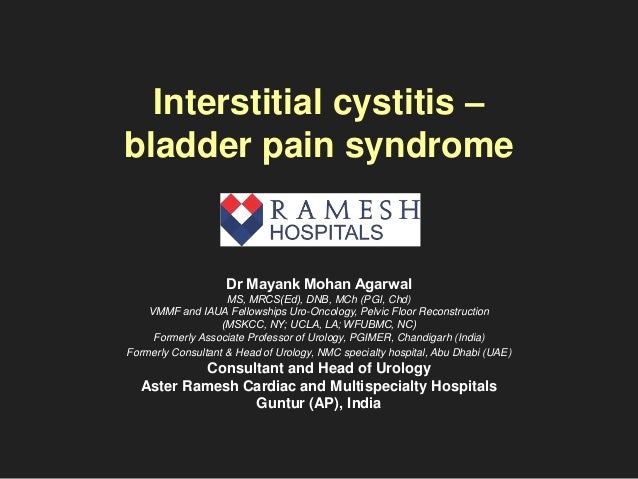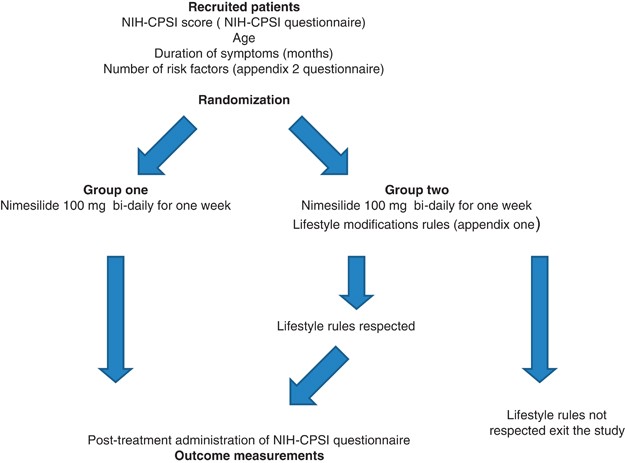

In cats with FIC, it appears that this GAG layer is defective and deficient. This is important as urine contains a high concentration of many substances that would otherwise be an irritant to these cells. Defective bladder lining – lining the cells of the bladder is a mucus layer composed of glycosaminoglycans (GAGs) that help protect the delicate cells of the bladder wall.However, a number of abnormalities appear to be common in cats with FIC and may contribute to the disease: What causes FIC?īy definition, FIC is a disease of unknown cause. However, these crystals are not the cause of the cystitis (bladder inflammation) and can be found in cats both with and without FIC as cats often produce very concentrated urine (within which the crystals can form). It is common to also find microscopic evidence of crystals in urine samples (crystals of either struvite – magnesium ammonium phosphate – or calcium oxalate most commonly). In cats with FIC, analysis of a urine sample may show the presence of blood and inflammatory cells, but there is no recognisable underlying cause (eg, bladder stones or infection) to explain these changes. Only when recognised causes of FLUTD are excluded (see FLUTD – signs, causes and investigation) can a diagnosis of FIC be reached.

X-rays of the bladder (including contrast studies).Analysis and bacterial culture of urine samples.This means that cats should be investigated thoroughly through: Importantly, at present, there is no diagnostic test that will confirm a cat is suffering from FIC, and so a diagnosis can only be made by excluding other recognised causes of FLUTD. However, detailed studies of a number of cats with FIC have shown that they have many similarities to a condition in humans called ‘interstitial cystitis’. As these cats exhibit signs of cystitis but have no obvious underlying cause, it is possible that there is more than one (as yet unidentified) underlying condition that causes FIC. This form of disease appears to bear many similarities to a disease in humans called ‘interstitial cystitis’, but in both cats and humans, it can be difficult to manage.įIC is thought to account for around ⅔ of all cases of FLUTD. Feline lower urinary tract disease (FLUTD) is a term describing conditions that can affect the urinary bladder and/or urethra (the lower urinary tract) of cats.Īlthough many different diseases can affect the lower urinary tract, frustratingly, a number of cats develop a disease without any obvious underlying cause – so-called ‘ feline idiopathic cystitis‘ or FIC.


 0 kommentar(er)
0 kommentar(er)
